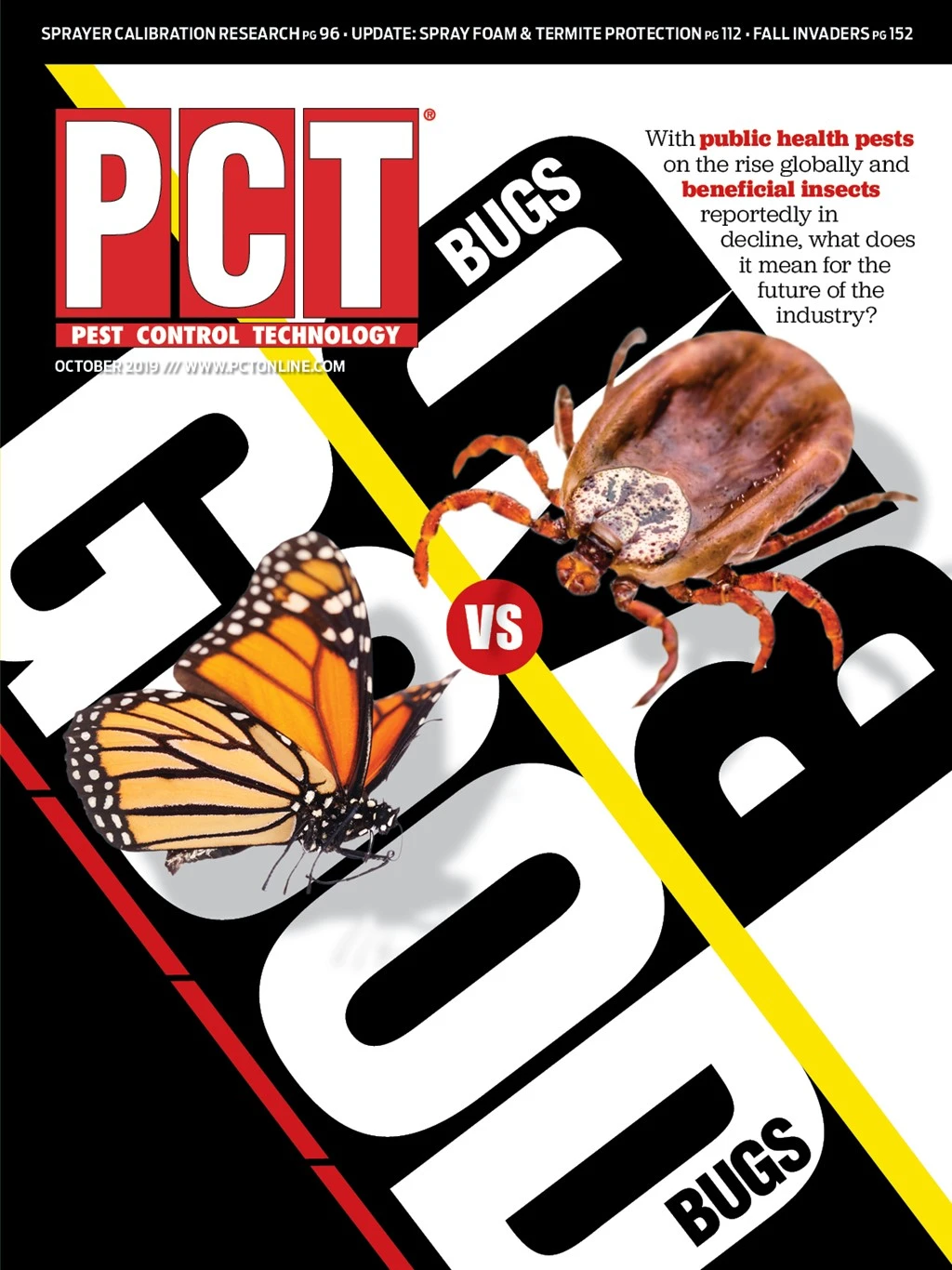I’ve been absorbed in a fair amount of leadership reading lately. I’m sure you see posts on social media sites about good reads and pick up a book every now and then yourself. If we want to grow, we should seek examples from others to model behaviors after. Why should the world of insects be any different? I wonder what we can learn if we just slow down and observe before we squash...
BUGS ARE GROSS. We live in a society that typically sees bugs one of two ways: either as beautiful creatures or as crawling/flying death machines. Think about it. When was the last time you saw someone with decorations depicting cockroaches or bed bugs? Maybe the occasional ant graces a picnic basket print, but the ant is stealing. Not the best imagery. Pretty bugs get all the glory. Lady beetles, butterflies and dragonflies regularly are praised by society while others are feared. This is mostly perception, of course. While some insects or arachnids can cause physical harm, I truly don’t believe this is done by intent or malice. If you think about insect numbers in comparison to the human population, they dramatically outnumber us, yet their measurable “crime rates” are nonexistent. The just seem to live their lives, do their jobs and coexist with neighbors. Trust me, they fight, but only when they have to.
LEADERSHIP EXAMPLES. If you do a quick internet search you come up with all kinds of words to describe leadership. Some leadership words include patience, reliability, dependability, risk-taking, and effective communication or feedback. Many of us aspire to these qualities as we move through our careers and begin to lead or teach others. Some come easy; some are more work than others.

The first word in that list, “patience,” reminds me of spiders. What insect is more patient than a spider? Spiders build a web with the hope (and need) for something to become snared. Once the web is built, the waiting game begins. The spiders just sit there knowing that they did what they needed to do to have their next meal. Remember, this isn’t a situation where the spiders did nothing and waited for success. They worked hard and hope to soon reap the benefits of this work. It also highlights that without some rest, there can be little success. If the spiders actively worked the entire time, which would disturb the web, other insects wouldn’t fly that way and be caught. It is the rest time, or the patience, that makes the work successful.
Reliability and dependability can be seen in ants. What is more reliable than ants finding something sweet? What is more dependable than their massive numbers hauling food to their colony? Would you consider it a risk-taking measure for a mosquito to obtain a blood meal? What about the dung beetle that runs among much larger hooves? I would! Where would termites be without pheromone trails and trophallaxis? I feel this is one of the best examples of positive feedback and communication in the insect world!
TAKE THE TIME. I could go on and on with many more examples. That isn’t really the point here. What I would encourage of you is to slow down every once in a while and look at the beauty that each insect brings to the picture. Some people may only see the bad, but you have the ability, as the professional, to have a bit more information. Maybe you will even see a little more if you just take the time to look and enjoy.
The author is technical services manager at Rollins, Atlanta.

Explore the October 2019 Issue
Check out more from this issue and find your next story to read.
Latest from Pest Control Technology
- Donny Oswalt Shares What Makes Termites a 'Tricky' Pest
- Study Finds Fecal Tests Can Reveal Active Termite Infestations
- Peachtree Pest Control Partners with Local Nonprofits to Fight Food Insecurity
- Allergy Technologies, PHA Expand ATAHC Complete Program to Protect 8,500 Homes
- Housecall Pro Hosts '25 Winter Summit Featuring Mike Rowe
- Advanced Education
- Spotted Lanternflies, BMSBs Most Problematic Invasive Pests, Poll Finds
- Ecolab Acquires Guardian Pest Solutions





